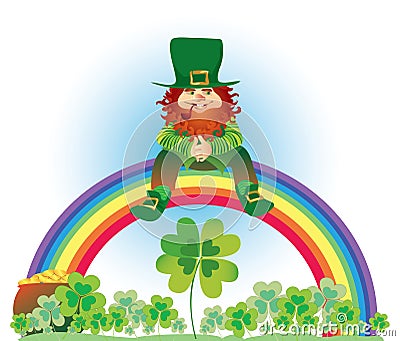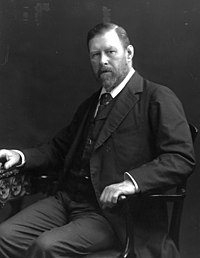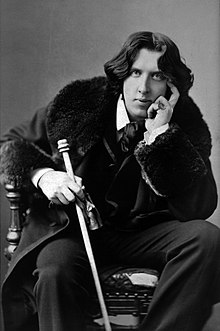TV , and particularly advertisments, have always been a good vehicle to promote new songs, this is the case of this song which is currently displayed on Spanish TV channels, this song mixes up Spanish and English, an interesting way of learning both languages!!
LYRICS
Voy a romper la ventana que nos separa
colarme bailando en tu casa.
Ojos azules marrones o verdes
vidas en bares de cielos celestes
somos millones y te sigo y me sumo
seamos ciudadanos de un lugar llamado mundo.
I will meet you in the city
what is there about the stars?
in the moonlight we’re all pretty cos’ it paints over the stars
We should put on the sun,
we are citizens of all you can see,
we’ve got nothing but time
you find everything you didn’t do (x2)
Standing right in front of you
Ciudadanos de este mundo.
Compañeros al andar.
Cada día una aventura,
caminamos al compás.
Hoy todo lo que pienso todo lo que hago todo lo que canto es tuyo
Hoy todo lo que dices todo lo que tocas todo lo que crees es suyo
Hoy solo damos sueños solo que sonrías solo que no frunzas el ceño.
Solo somos uno, somos ciudadanos de un lugar llamado mundo.
we should put on the sun
we are citizens of all you can see,
we’ve got nothing but time
you find everything you didn’t do
Standing right in front of you
THE
STORY OF THE SONG
SINGERS:
JAMIE CULLUM born in Essex (England) jazz and pop singer and pianist
NITA: Spanish
singer from the Spanish duet FUEL FANDANGO
FRANK T: Franklin
Tshimini Nsombolay, born in the Republic of Congo, is a rap
producer and a radio presenter, he lives in Spain since he was two years old.
CARLOS
SADNESS: singer and composer from Barcelona.
THE VIDEO IS A PART OF SAN MIGUEL'S BEER 2012 PROMOTION AND
WAS RECORDED IN LONDON AND BARCELONA WITH SINGERS FROM DIFFERNT COUNTRIES, IN THIS WAY IT TEACHES US THAT FRONTIERS DO NOT EXIST, "WE ARE CITIZENS DE UN LUGAR LLAMADO MUNDO"
IT WILL BE RELEASED SOON AS A COMERCIAL
SONG DUE TO ITS SUCCESS. LISTEN TO IT AND WATCH THE VIDEO ON TV!!


















































